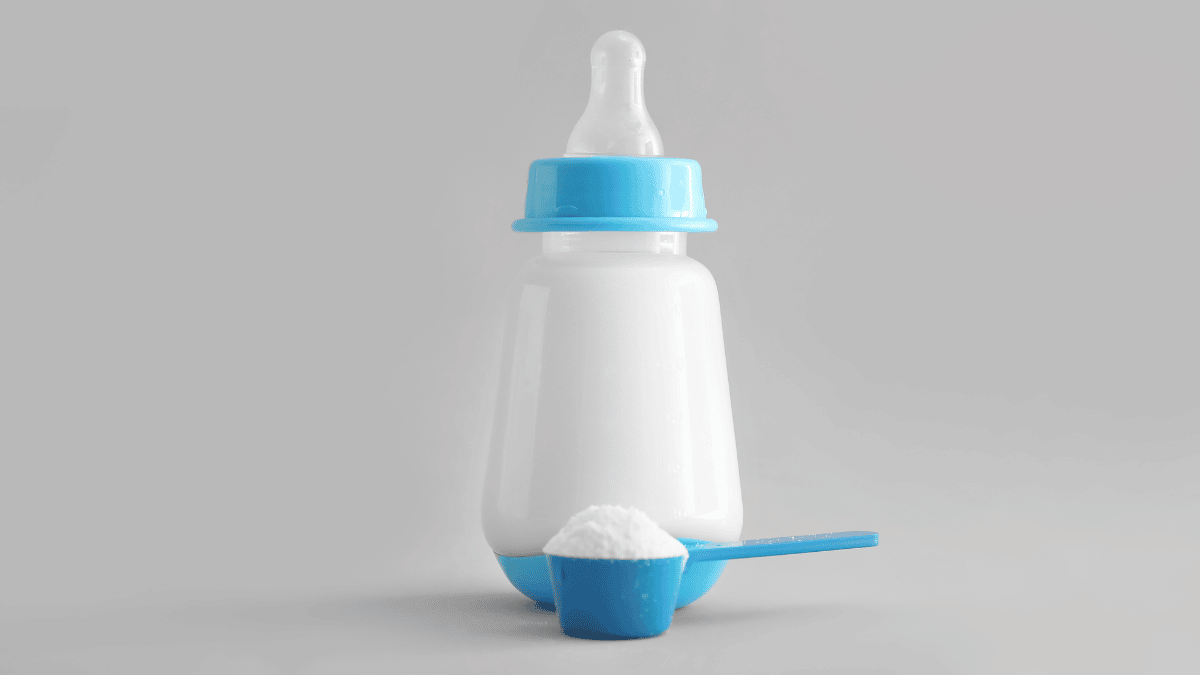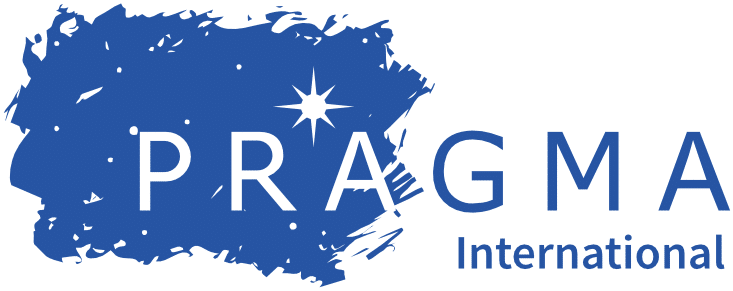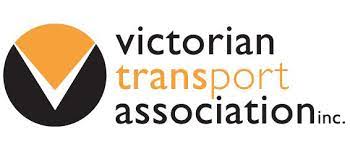On 3 June 2022, Food Standards Australia New Zealand accepted Application A1253 to amend the Australia New Zealand Food Standards Code. On face value, this Application simply seeks regulatory certainty as to whether lactoferrin can be added to infant formula products. However, should this Application become law, it could lead to the immediate reclassification of lactoferrin as a “nutritive substance”. This article explores the potential consequences of such a sudden regulatory shift.
What is lactoferrin?
Lactoferrin is a protein that is found in high quantities in both human and bovine milk. It also forms one of the components of the human immune system, including providing antimicrobial protection to infants.
Lactoferrin is also potentially denatured by high heat treatment. This means that there is an incentive for producers of UHT milk products to remove the lactoferrin before the heat treatment and sell the lactoferrin separately, otherwise this beneficial milk component would go to waste.
This combination of an industrial supply of lactoferrin as well as the health and nutrition benefits has led to significant interest from both the food and complementary medicines industries in adding lactoferrin to a variety of products.
When can lactoferrin be currently added to “food” in Australia and New Zealand?
Currently, Section 1.1.1-10 of the Australia New Zealand Food Standards Code (the Food Standards Code) permits the addition of “food” to “food”. This means that – for the majority of regulatory categories of food products – it is permitted to add bovine milk. Bovine milk contains lactoferrin and thus simply adding milk to a product will inherently introduce or increase the amount of lactoferrin.
However, the regulatory situation is different for adding isolated lactoferrin.
Section 1.1.1-10 goes on to prohibit the addition of both novel foods and substances being “used as a nutritive substance” unless the Food Standards Code expressly permits the addition. Lactoferrin currently has no express permissions whatsoever in the Food Standards Code for use as either a novel food or a nutritive substance, and therefore – if a food law enforcement agency were to take the view that isolated lactoferrin is either a novel food or a nutritive substance – it would be prohibited for use in food. It is likely for this reason that Application A1253 has been submitted to Food Standards Australia New Zealand (FSANZ) in the first place.
A novel food is a substance that does not have a history of consumption in Australia or New Zealand and needs its safety assessed by FSANZ. A nutritive substance is a concentrated, refined or synthesised substance that is added to food to achieve a nutritional purpose. As you can imagine, there is often the potential for any given substance to be classified as either a novel food or a nutritive substance. The case is no different for lactoferrin.
As a result, for anyone wanting to add isolated lactoferrin to a food product in Australia or New Zealand, the key regulatory question is: is lactoferrin a novel food or a nutritive substance?
Answering this question is slightly complicated by the history of milk processing and homogenisation. For most other food commodities, the isolation of a single biochemical element and adding it to other foods to achieve a beneficial nutrition or health outcome would almost automatically result in being found to be either a novel food or a nutritive substance.
By way of example, the Advisory Committee on Novel Foods (the ACNF) has previously found polyphenols isolated from apples to be a novel food. The ACNF has also recommended that various chemical compounds isolated from traditional food ingredients (such as fucoidan from seaweed or an extract from yerba santa) be assessed as to whether or not they are nutritive substances.
In contrast to these innovative substances with less history of consumption, milk has a long history of being taken apart and put back together. In fact, the very definition of “milk” in Section 2.5.1-4 of the Food Standards Code expressly acknowledges that “milk components” can be added or withdrawn and the product still be considered “milk”. Separately, Schedule 10 of the Food Standards Code recognises a variety of milk components can be labelled as “milk solids”; thus tacitly accepting that isolated components of milk are routinely added to food products as traditional food ingredients and not as prohibited novel foods or nutritive substances.
In fact, the ACNF has two contrasting opinions on different milk proteins:
- First of all, the ACNF found that – while whey protein is clearly a traditional food ingredient due to its listing in Schedule 10 – a further refined milk basic protein fraction is likely to be a prohibited nutritive substance.
- Secondly, and by way of stark contrast, the ACNF also found that lactoferrin itself was not a novel food in the limited application of adding 10-100mg to 100g or 100mL of dairy products.
This ACNF finding ought to have put the regulatory question of lactoferrin to bed. The ACNF did not consider lactoferrin to be a novel food, nor did it appear to have concerns that lactoferrin is a nutritive substance. Lactoferrin appeared to be – until Application A1253 was accepted – simply a “traditional food”, which meant that, like whey protein, lactoferrin could be added to most foods without regulatory restriction.
What would happen if lactoferrin were to be “used as a nutritive substance”?
Infant formula products are highly regulated, as is appropriate given their vulnerable consumers. It is therefore understandable that the law ought to be clarified as to when and in what quantities lactoferrin can be safely added to infant formula products.
Furthermore, the company seeking the amendment to the Food Standards Code is also seeking a 15 month exclusive use of lactoferrin in infant formula products, and thus will have a limited commercial advantage arising from being the company paying for the amendment.
However, this Application ought to have been framed around the addition of a traditional food to infant formula, not that of a nutritive substance. By FSANZ accepting the Application as one for use of lactoferrin “as a nutritive substance”, it can have significant impacts across the food industry. A listing of lactoferrin as a nutritive substance in infant formula will mean that lactoferrin is prohibited from being added in isolated form to any other regulatory category of food product.
This flies in the face of the previous ACNF finding, which many in the food industry have relied upon in confidently going to market with products containing isolated lactoferrin. Any such industry members ought to put in strong submissions to FSANZ to reframe the proposed amendment of Application A1253 so that it does not have unintentional and far-reaching regulatory consequences.
If you would like further information or any assistance in drafting a regulatory submission to FSANZ on Application A1253 (or on any other Application or Proposal), KHQ’s Food & Beverage regulatory specialist team would be happy to help.
Want articles on Food & Beverage regulations delivered straight to your inbox? Click here to subscribe.








